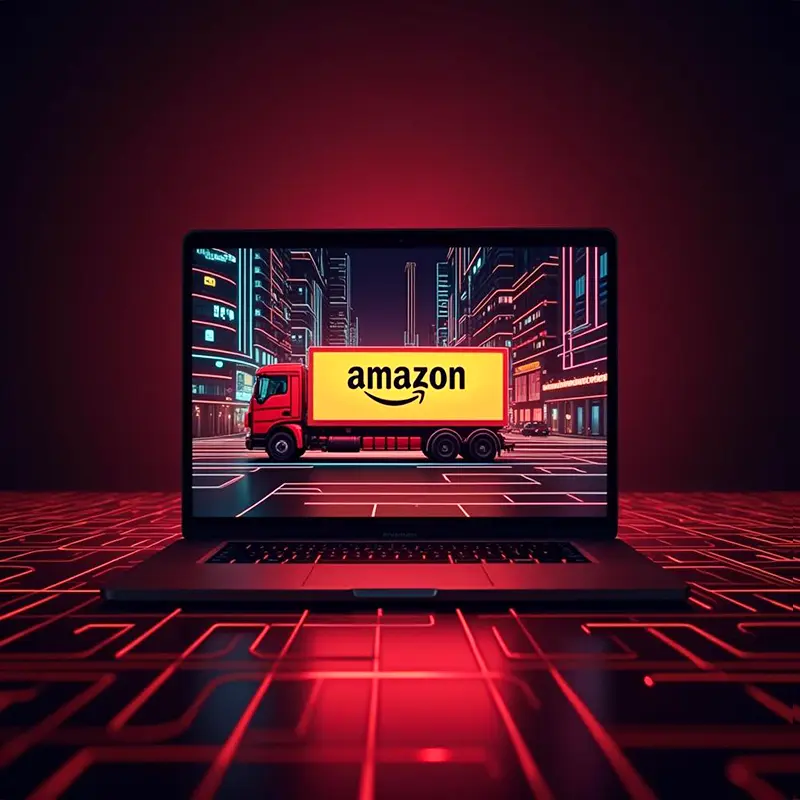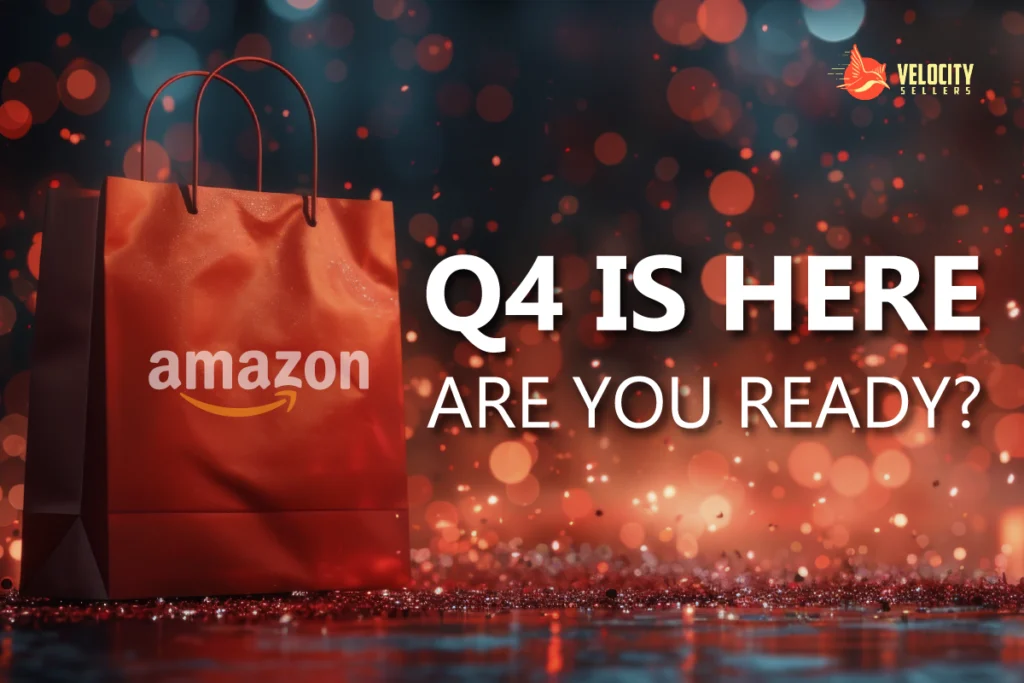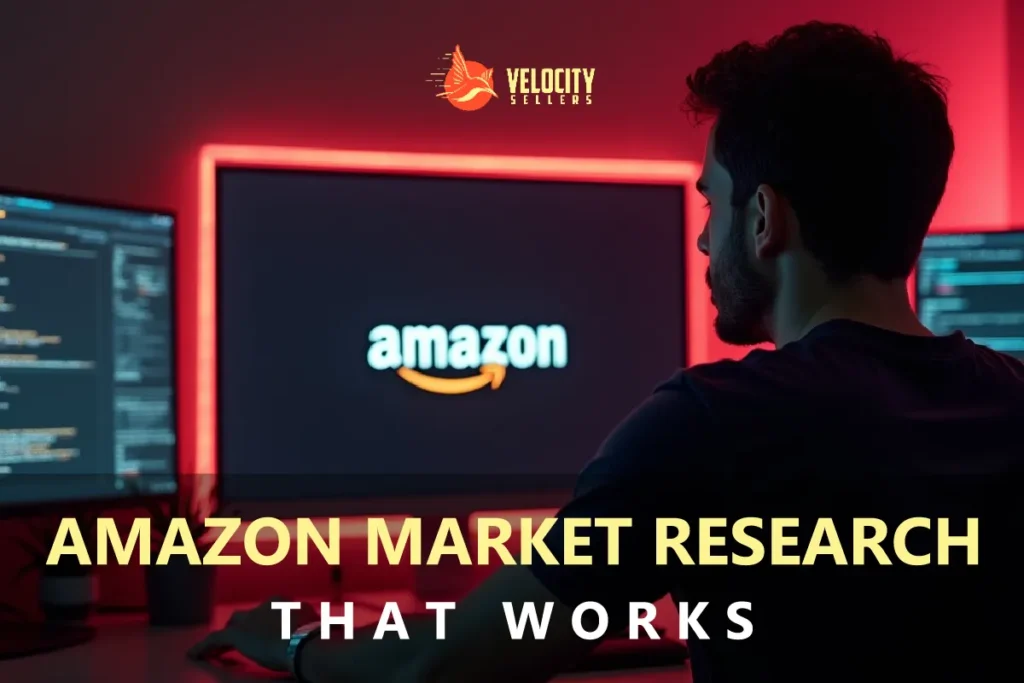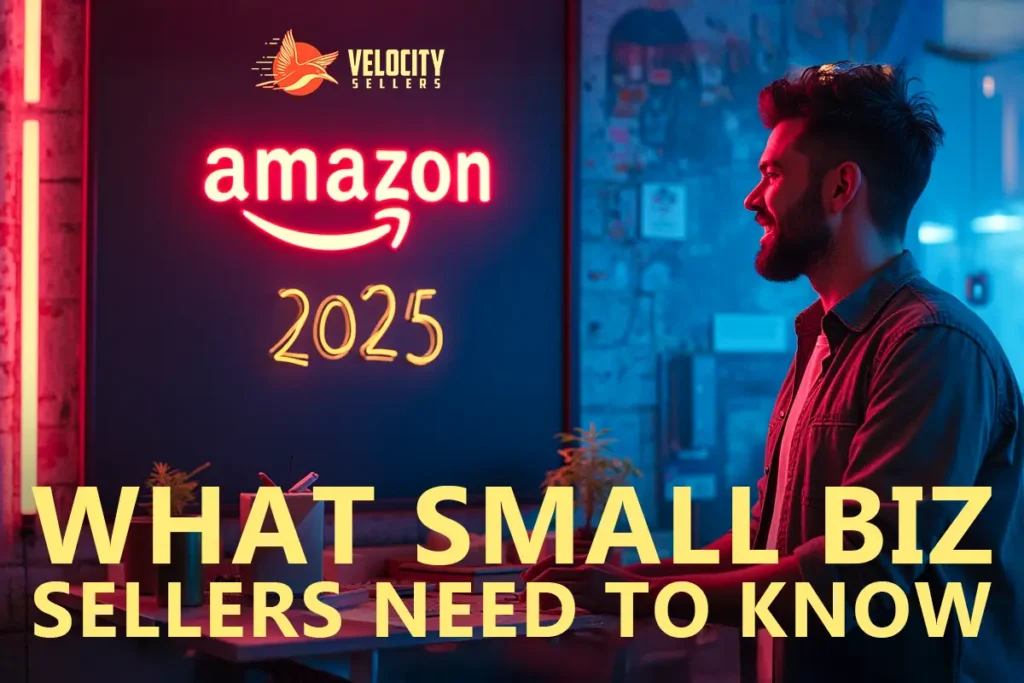Maximizing Amazon sales isn’t about unthinkingly throwing coupons at your listings. It’s about knowing when to use Prime Exclusive Discounts, when to deploy coupons, and when to let pricing psychology do the heavy lifting. Amazon gives you a full suite of promotional tools—but using them the wrong way can hurt your margins, damage your brand, or even sabotage your Buy Box eligibility.
This article breaks down which promotions drive the most revenue, how to implement them smartly, and when to deploy them based on seasonality, competition, and pricing power.
Key Takeaways
- Prime Exclusive Discounts offer the highest visibility and conversion, especially during Amazon’s mega-sale events.
- Coupons can drive attention, but often lead to low redemption rates and added fees.
- Strikethrough pricing is a strong visual cue but lacks the search badge pop of coupons or Prime deals.
- Double-stacked promotions can unintentionally tank your margins—monitor closely.
- Business pricing and tier discounts are often underutilized but can be powerful tools for B2B sales.
- Strategic deal timing can give you a competitive edge, especially during peak periods.
Use Amazon Promotions for Maximizing Amazon Sales
Amazon’s promotional tools are a cornerstone for maximizing Amazon sales, not just driving short-term conversions:
- Coupons (green badge): Grab the shopper’s attention directly in search results.
- Prime Exclusive Discounts (red badge): Ideal for high conversion during events like Prime Day.
- Strikethrough Pricing: Applies when price drops below the historical average.
- Lightning Deals: High-cost, time-limited promos are best used during tentpole events.
- Business Discounts (blue badge): Appealing to Amazon Business customers shopping in volume.
If you’re not using these tools strategically, you’re losing out to sellers who are. Promotions aren’t just about price—they’re about visibility.
“What we’re trying to do here is bring more attention to your listing than your competitor’s.”
Eric Peterson
Director of Brand Onboarding at Velocity Sellers
Choose the Right Deal Type for Your Product and Margins
Not all promotions are created equal—and choosing the right one is crucial for maximizing Amazon sales without sacrificing your margins. A $7.99 product, for example, may not have the margin to support a 20% Prime Exclusive Discount. But a $0.50 coupon? That might be the nudge a shopper needs to convert.
When you’re refining your Amazon advertising strategy, don’t overlook deal structures. Business-tier discounts can help you sell more units at a lower customer acquisition cost. And strikethrough pricing remains a solid play, especially for premium products that want to avoid the “coupon brand” perception.
Stat Alert: Listings with visible deal badges can experience up to a 35% increase in CTR during sales events.
Don’t Let Your Competitor’s Promo Undercut You
Imagine you’re running at full price, and your direct competitor drops a 30% coupon two days before Prime Day. You’ve now lost visibility, ranking, and possibly the Buy Box.
You don’t always need to match their discount dollar-for-dollar. But you do need to show shoppers you’re in the game. If they’re prepping a strike before the event, you need to be on alert.
Also, align your deal promotions with your PPC budget to ensure you’re not overspending on traffic that doesn’t convert profitably.
“One of the worst things you can do is let your competitor run a promo while you’re sitting at full price.”
Lisa Zajdel
Executive Director at Velocity Sellers
Proper Setup: Avoid Deal Conflicts and Maximize ROI
For maximizing Amazon sales, you need to understand how each promo type works inside Seller Central.
- Strikethrough Pricing: Go to Inventory > Edit ASIN > Sale Price. Add start/end dates.
- Coupons: Go to Advertising > Coupons. Options now include Standard, Subscribe & Save, and Reorder.
- Prime Exclusive Discounts: Must be at least 10% below your lowest price in the last 30 days.
- Lightning Deals: Found under the Deals tab. Requires a fee and often pre-approval.
- Business Pricing: Add tiered volume pricing in Inventory settings.
There’s also the newer coupon dashboard that makes tracking easier. But watch for stacking conflicts—if you’re doing a 20% off sale and add a Prime Exclusive Discount, you may unintentionally hit 40% off.
Pro Tip: Always double-check minimum price settings before a big event. Going below your floor can disable your listing.
Maximize the Visual Impact of Deal Badges in Search Results
When it comes to visibility, color-coded deal badges are everything. Shoppers are skimming—especially on mobile—and these badges act as visual stop signs. Amazon’s algorithm doesn’t just boost deals during major events; it also rewards listings that capture attention.
- Green Badge: Coupons
- Red Badge: Prime Exclusive Discounts
- Blue Badge: Business Pricing
- No Badge: Strikethrough pricing (still visible, but less eye-catching)
These visual signals influence where the shopper clicks. A coupon badge might tilt the decision your way even if your price isn’t the lowest. Meanwhile, red Prime badges signal exclusivity and urgency.
Shoppers aren’t doing mental math. They’re reacting to what pops. So if you’re not showing a badge while your competitor is, you’re already losing at the scroll level.
Coupons Are Flashy—but Risky
Coupons generate clicks, but they come with baggage:
- $0.60 per redemption
- Doesn’t impact Buy Box
- Doesn’t show up in price-sorted results
- High clip rates, low redemption
They’re best used in combo with other tactics. A good pairing is a strikethrough price + coupon for maximum perceived value. But if you’re a premium brand, overusing coupons can cheapen perception.
If you want to stop wasting money on unoptimized Amazon promotions, make sure you’re measuring coupon effectiveness carefully and not just mindlessly adding them for every SKU.
Avoid Inventory Blowouts During Big Events
Nothing kills momentum faster than running out of stock mid-sale.
Imagine launching a Prime Day deal, crushing it for the first 8 hours… and then your listing disappears from search because you sold out. Not only do you lose the Buy Box and visibility, but your Best Seller Rank (BSR) tanks—sometimes for weeks.
Before any major event or stacked promotion, double-check:
- Your restock limits in Seller Central
- Lead times from suppliers or 3PLs
- FBA receiving delays (especially in Q4)
For high-risk ASINs, use buffer inventory and consider splitting fulfillment (FBA + FBM) to stay in stock even during warehouse lags.
Also, sync your promotions with your forecasting. No point in running a 30% off Prime Exclusive Discount if you’ve only got 80 units left and restock won’t arrive for 2 weeks.
Build a Promotional Calendar, Not Panic Discounts
You don’t want to be that seller scrambling to build a discount the night before Prime Day. Promotions should be scheduled and tied to your product’s seasonal trends, inventory, and competitor movements.
Your promotional calendar should include:
- Tentpole events (Prime Day, Cyber Monday)
- Off-peak times for clearance or testing
- Key product seasonality
- Top competitor ASINs and likely move sets
To prepare for seasonal Amazon events like Prime Day and Black Friday, have your strategy, assets, and logistics in place well in advance.
Don’t Forget: Organic + Promotional = Long-Term Gains
Running a short-term deal can give your listing visibility, but stacking that with ranking strategies and external traffic is where long-term sales momentum is built.
One powerful method? Drive traffic to your listing using Amazon Attribution Links from your email list or social media. You’ll earn a referral bonus and send algorithm-friendly signals to Amazon.
Want to boost ranking with paid and promotional synergy? Layer your PPC, Attribution, and promotions together to own the SERP from every angle.
FAQ
Q. What’s the most effective Amazon promotion?
- Prime Exclusive Discounts. They’re highly visible, respected by the algorithm, and favored during big sales events.
Q. Can I combine multiple Amazon deal types?
- Yes—but carefully. Prime Discounts + Strikethrough can stack. But Lightning Deals + Prime often conflict. Double-check each combination.
Q. Will coupons help me win the Buy Box?
- No. The base price and shipping method influence the Buy Box. Coupons apply at checkout, not in the Buy Box calculation.
Q. How do I know if a promo is hurting my margin?
- Factor in: deal discount %, $0.60 coupon fee (if applicable), COGS, shipping, and ad spend. If the margin falls below breakeven, pause or adjust.
Q. Should I use coupons for luxury or premium brands?
- Use sparingly. Coupons can signal low value. Strikethrough pricing is better for premium perception.








